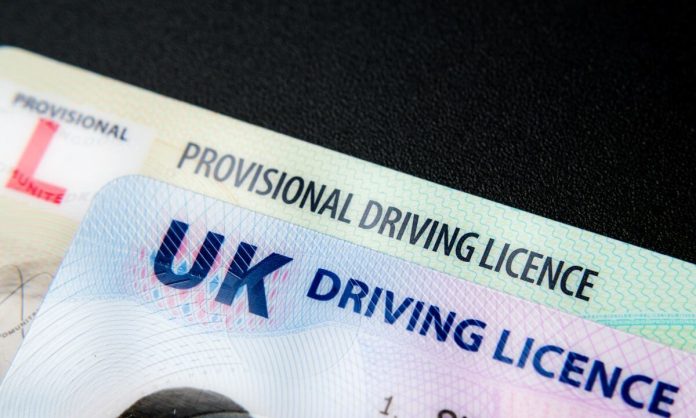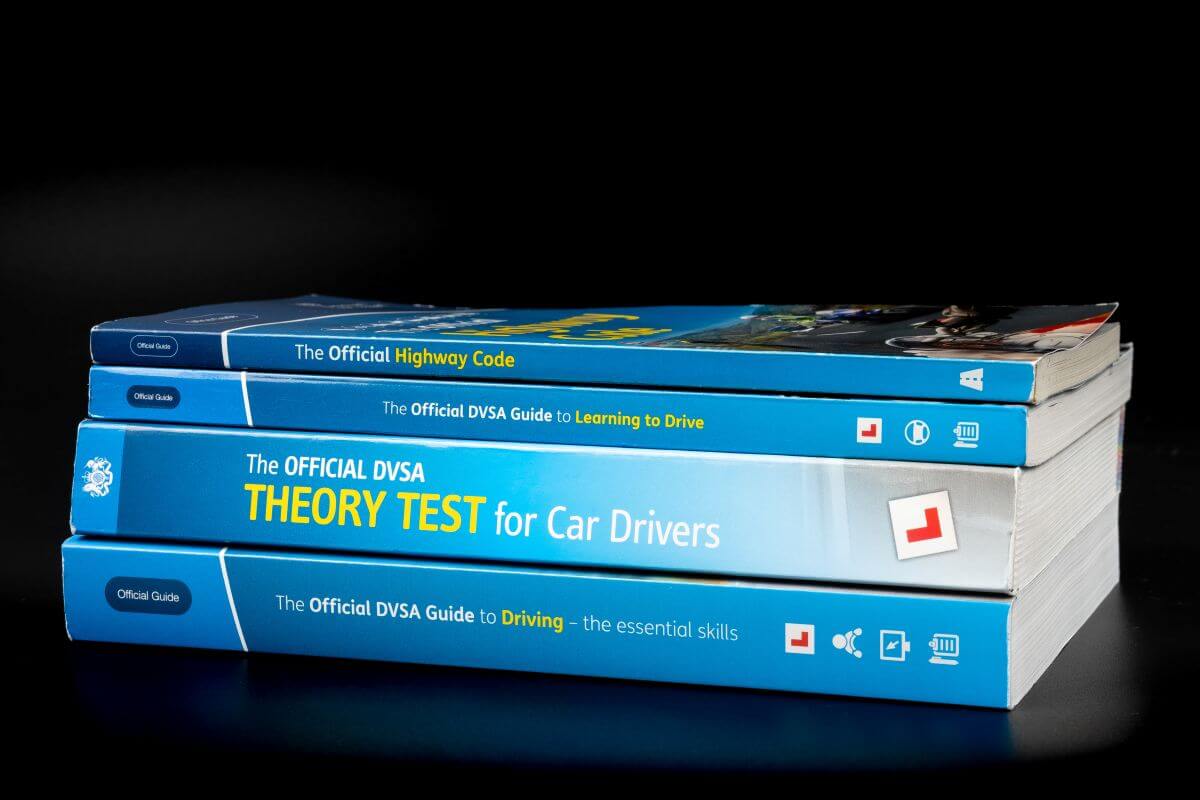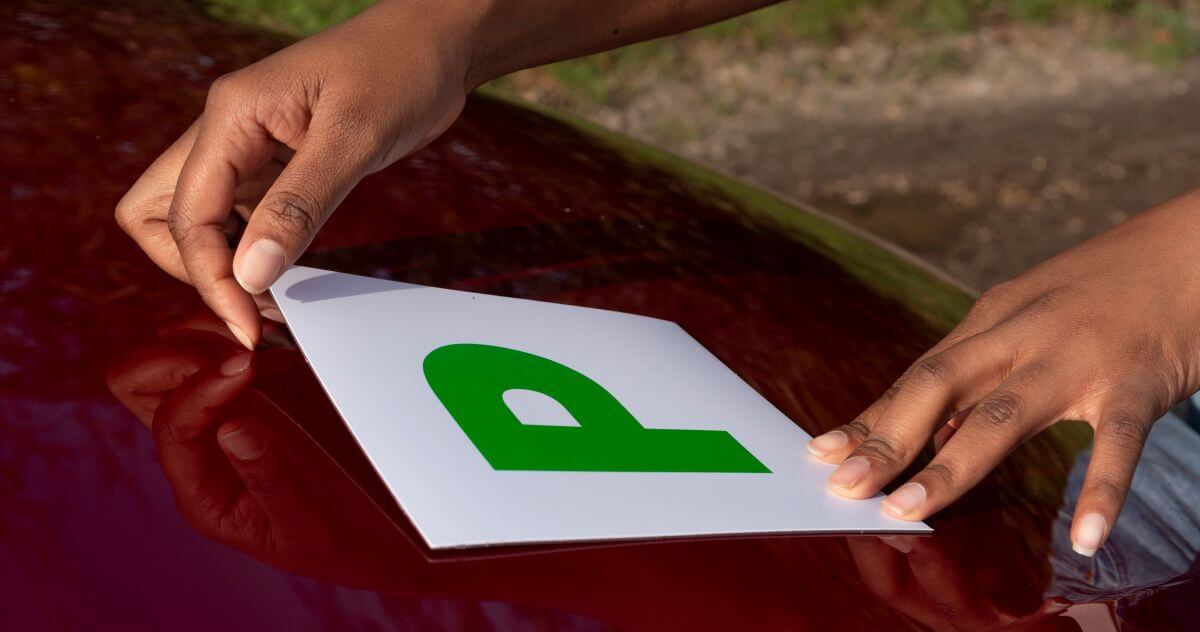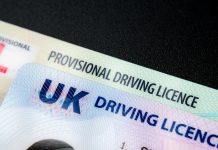
Last Updated on 17th October 2025
The first solo drives can feel like freedom with a side of nerves. That’s normal. Confidence grows from small, repeatable wins: simple routes, clear goals, calm breathing, and kit that supports you. Modern safety tech helps, and Choosing the right young driver insurance (ideally with telematics/“black box” options) can ease the financial worry while you build your driving confidence and experience.
Start small and expand your comfort zone
Skip the rush-hour ring road on day one. Begin with short, familiar routes in quiet areas to learn how your car feels under gentle braking, low-speed steering, and parking. As your comfort grows, add one new variable at a time: a longer loop, light rain, a busier junction, or an unfamiliar estate. This graded exposure builds genuine confidence without overwhelm.

Practice purposefully, then reflect
Give every drive a purpose: “three smooth roundabout exits,” “two bay parks,” or “mirror checks every lane change.” When you park up, jot a two-minute debrief: what worked, what wobbled, and one micro-goal for next time. A simple log (date, miles, conditions, wins, next step) turns experience into progress you can feel.
You can also use every driving experience as an opportunity to refer to your theory books, and even keep doing the hazard perception tests.
Choose your car, insurance, and tech wisely
Small, easy-to-place cars with good visibility make early drives calmer. Basic driver aids (rear sensors/camera, lane keeping alerts) can reduce stress, use them as helpers, not crutches.
Don’t overlook insurance: policies aimed at new drivers with telematics can reward smooth acceleration, sensible speeds, and steady braking. Choosing the right young driver insurance is part of feeling prepared, not just covered. You might be able to reduce the cost of insurance by completing a Pass Plus motorway session.
Learn defensive driving techniques
Defensive driving means spotting problems early and giving yourself time to respond. Keep a generous following gap (at least two seconds in the dry; more in rain, fog, or at night). Scan regularly, mirrors every few seconds and before any change of speed or direction, and check blind spots before moving off or changing lanes. Expect the unexpected from others and commit to staying calm even if someone else is erratic.
Manage anxiety with simple psychological tools
Nerves don’t vanish; they shrink when you give your brain a plan. Try these before or during low-stress practice sessions:
- Mindfulness techniques for driving: a minute of slow breathing to settle your heart rate before you set off.
- Positive affirmations: short, credible lines like “I prepare, I check, I drive smoothly.”
- Visualisation: mentally run through the route; setting off, a roundabout, parking, so it feels familiar when you meet it.
If anxiety feels persistent or worsens, speak to a healthcare professional for support. Pair any technique with steady practice and realistic goals.
A four-week confidence plan
Use this as a template, swap days and order to fit your life and always choose safe conditions.
- Week 1: Quiet & familiar: Short local loops at off-peak times. Practise smooth moving off/stopping, MSPSL (Mirrors—Signal—Position—Speed—Look) at simple junctions, and low-speed steering in an empty car park (bay/parallel positioning).
- Week 2: Junctions & roundabouts: Build up from mini-roundabouts to multilane roundabouts. Focus on lane discipline, signalling on exit, and reading road markings well in advance. Add a few hill starts.
- Week 3: Night & weather: Choose quiet evening routes; adjust speed for visibility and extend following gaps in rain. Try a rural B-road and use the “limit point of vision” (only as fast as you can stop within what you can see).
- Week 4: Higher speeds & motorways: Progress from dual carriageways to a motorway confidence session with a qualified instructor (or consider Pass Plus). Practise safe merging, lane changes, and planning exits early. Debrief after each drive; set one measurable goal for the next.

UK specifics that help
Pop P-plates on for your first month if you’d like extra space from other drivers. Keep a simple breakdown kit in the boot (torch, warm layer, phone charger, basic first aid). In winter, carry de-icer and an ice scraper.
On rural lanes, slow early for horses and cyclists and be ready to give way at narrow sections. A dash-cam mounted legally and a phone in “Do Not Disturb/Driving” mode reduce distraction and protect your focus. It’s good to take your phone out of your pocket as if it does ring, the vibrations
Smart motorways & winter operations
On smart motorways, never drive in a red-X lane. If you break down, aim for an Emergency Refuge Area; if that isn’t possible, pull over left, switch on hazards, exit to a safe place behind the barrier if you can, and call for help. In winter, fully de-ice all windows and mirrors before moving off, use smooth inputs, and leave longer following distances on cold, wet, or icy roads.
Mini-FAQ (UK)
How do I build confidence after passing? Drive little and often with one clear goal per trip, reflect afterwards, and add one new challenge at a time.
Is motorway driving safe for new drivers? Yes, when you’re ready. Start with a quieter time and consider a motorway lesson with an instructor to learn best practice calmly.
What is Pass Plus and is it worth it? It’s an optional post-test course covering town, rural, night, all-weather, dual carriageway and motorway driving. Many new drivers find the structured exposure useful; some insurers may offer discounts, check your policy.
How can telematics insurance help? A “black box” tracks smoothness and speed; drive well and you may earn lower premiums and extra confidence through feedback.
What should I keep in the car? Essentials include your licence, insurance details, phone charger, torch, warm layer, water, and basic first-aid items. In winter, add de-icer and an ice scraper.
Pre-drive setup (quick once-over)
Seat high enough to see the bonnet edges; head restraint roughly eye level; mirrors wide to reduce blind spots; clear windows; tyres at recommended pressures; route previewed; phone set to Do Not Disturb.
Closing thought
Confidence isn’t a personality trait, it’s a habit. Pick one small challenge per drive, breathe, review, and repeat. With purposeful practice, steady defensive habits, and the right cover, those first few weeks turn into calm competence, rain, roundabouts, and all.


































